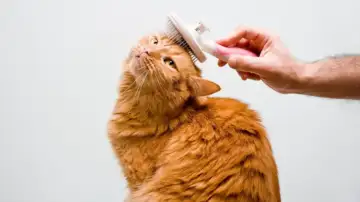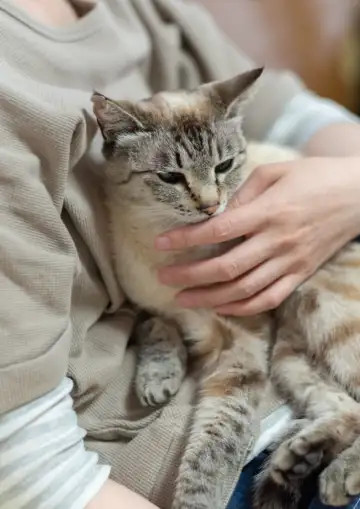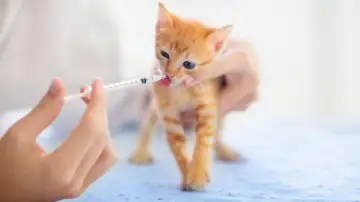Welcoming a cat into your home for the first time is a joyful experience, but it also comes with responsibilities. As a cat parent, it’s your duty to understand what your cat needs for proper mental, social and physical growth!
Let’s dive into the cat essentials every pet parents must have irrespective of the age, breed and gender of their cats.
Litter box essentials
The very first thing you need to consider even before bringing your cat or kitten home is their litter box setup. You need one litter box per cat and one extra!
Invest in high-quality dust-free, bentonite clumping litter – it will prevent unwanted breathing issues and keep your home dust and odour-free.
Keep litter mats so the litter doesn’t get around the house with your cat or kitten.
Scoop out the clumps daily and clean out the litter box completely once every 7-10 days.
Food and water setup
 Always buy high quality, low-filler cat food appropriate for your cat’s age and neutering status. Feeding cat food to kittens can cause nutritional deficiencies.
Always buy high quality, low-filler cat food appropriate for your cat’s age and neutering status. Feeding cat food to kittens can cause nutritional deficiencies.
Cats are obligate carnivores, so avoid keeping them on milk products and vegetarian food! In fact, avoid milk since most adult cats are lactose intolerant.
Focus on providing a mix of dry kibbles and wet food to your cat to meet their nutrition and hydration needs.
Keep their feeding bowl away from their litter, and also far away from their water bowls. Do get your cat automatic feeders and water fountains if they are fussy.
Toys and mental enrichment
Cats require significant mental and physical stimulation (some say, more than dogs, and they aren’t wrong!). Get teaser toys, feather teasers, automatic rolling balls, and soft but safe plush toys made just for cats.
If your cat likes catnip, that’s a brilliant way to get them moving. Sprinkle some on the toys and watch your cat burn a few hundred calories by themselves.
Spending time with your cat playing also means fewer 3 AM zoomies and 5 AM wakeup calls!
Comfortable sleeping area
 Cats can sleep for up to 16 hours! You can definitely try getting them a bed or a hammock, but chances are they are going to sleep on your bed and sofa.
Cats can sleep for up to 16 hours! You can definitely try getting them a bed or a hammock, but chances are they are going to sleep on your bed and sofa.
So train them to use the litter box first and only when their training is complete, allow them to climb onto the bed and other furniture.
Try to use a separate blanket for them. It can act as their comfort blanket when they have to go outside or visit the vet.
Basic grooming tools
Short-haired cats require brushing once in 2-3 days, but long-haired cats or those with double coats require daily grooming.
For proper grooming you will need a flea comb, deShedder (removes the dead undercoat), slicker brush and a narrow-tooth metal comb to remove the knots.
You may also want to get a pair of cat nail clippers (yes. They are different from dog nail clippers!) and fur trimmers for clipping their paw hairs.
Do keep pet-safe wipes to clean their face and exterior ears in between vet visits!
Health and first-aid needs
 You absolutely cannot give your cat human medicines! However, that does not mean you won’t keep basic pain, fever and vomiting medications for your cat.
You absolutely cannot give your cat human medicines! However, that does not mean you won’t keep basic pain, fever and vomiting medications for your cat.
You should definitely speak to your veterinarian about the exact dose of these medications since that varies according to a cat’s weight.
Also, keep a pair of tweezers, some sterile gauze, betadine solution, digital thermometer and a pair of gloves in the first aid kit.
Final thoughts
You need to cat-proof your home and there are no two ways about it! Cover your balcony and windows with mesh so your cat can’t jump out or fall. Cover exposed wiring and keep human meds away from their reach. Get rid of toxic plants or keep them where your cat can’t go.
Building a cat care kit is not about collecting endless products. It’s about making thoughtful choices that contribute to your cat’s health and wellbeing.
